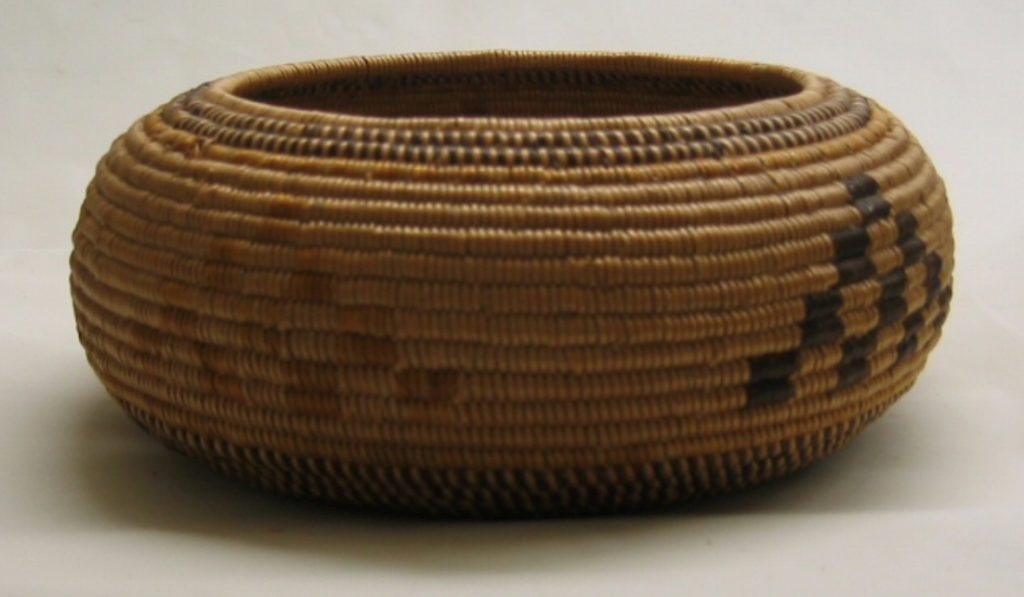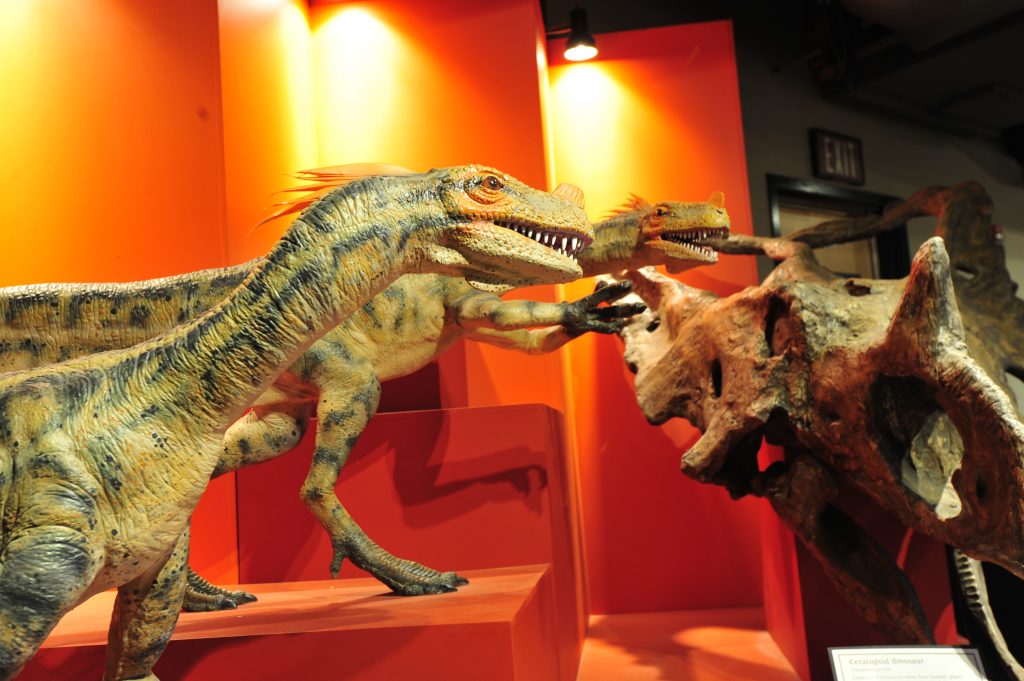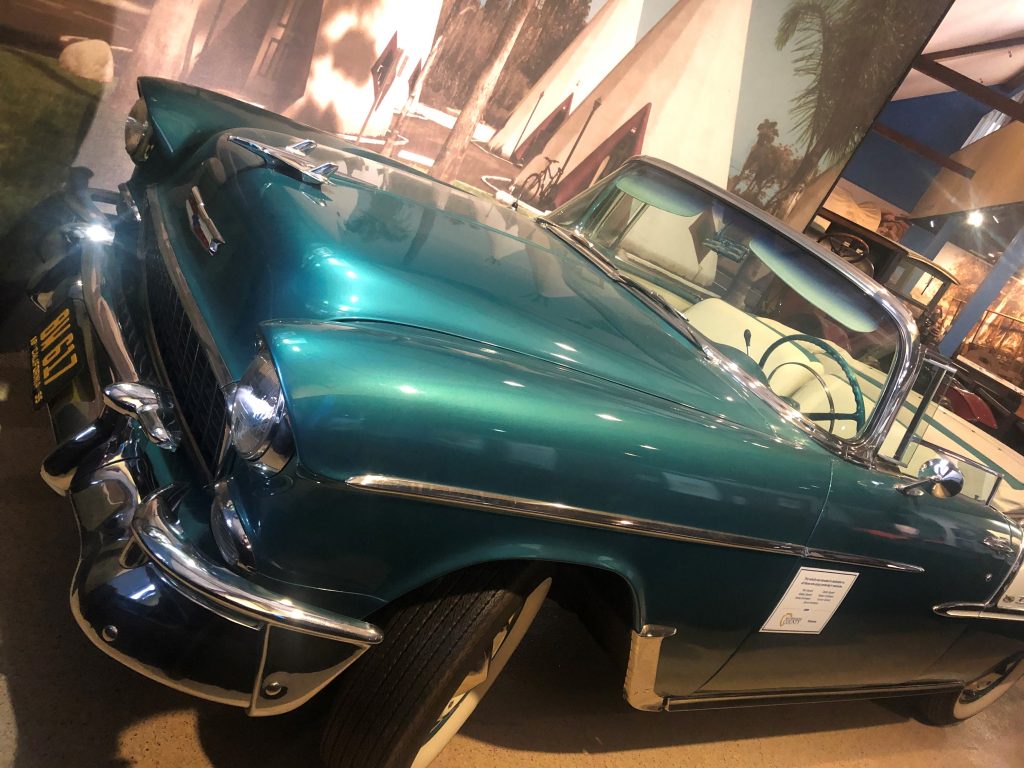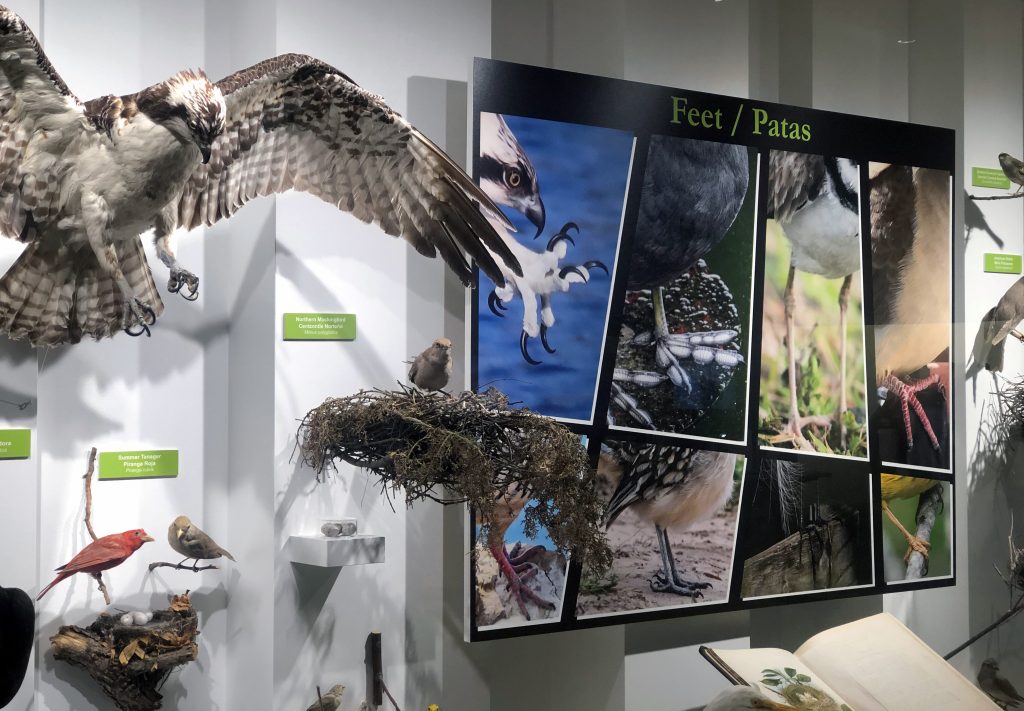Collection Donation
Explore Our Collection
Many of the artifacts in our collections have come to us through generous donations from the public and we greatly appreciate it. If you have objects, artifacts, photographs, art or costumes/textiles you wish to donate, please email us at museum@sbcounty.gov with your offer along with images of the item(s) you are interested in donating. The appropriate curator will respond to your kind offer by email. Please do not bring your objects to the museum without a prior appointment. Walk-ins may find staff offsite or otherwise unable to help and we do not want to waste your valuable time.
Please note: Our Ethics Policy does not allow us to appraise artifacts or specimens. Request to access the San Bernardino County Museum Collections.
Anthropology is responsible for the curation, management, conservation, and study of the museum’s anthropology collections. The ethnographic collection, archaeological assemblages and site records, special rock art slides, and photographs.
Learn how to become a volunteer in the Anthropology and Archaeology division.

Please note that the San Bernardino Archaeological Information Center has moved!
The San Bernardino Archaeological Information Center (SBAIC) closed on April 10, 2015 and is now being hosted by Cal State Fullerton, at the South Central Coast Information Center (SCCIC). Please visit their website for their mailing address and contact information.
Earth Sciences encompasses paleontology, mineralogy and geology. Earth Sciences cares for more than half a million fossils of extinct vertebrates and invertebrates, primarily from the southwestern United States with an emphasis on San Bernardino and Riverside Counties.
Learn how to become a volunteer in the Earth Sciences division.

The History curator maintains collections of thousands of archival and three-dimensional artifacts at the main museum and historic branch museums. It is responsible for the preservation and conservation of artifacts in these collections, as well as related research and interpretation.
Learn how to become a volunteer in the History division.
Major collections include 19th century household furnishings, artifacts related to occupations such as lumbering, woodworking, citrus, transportation, and mining, and special collections of textiles and costumes, plus extensive archival photographic and documentary holdings. Archival material and artifacts are found in the main museum on exhibit and in storage and at the branch museum sites. We change artifacts on display through different exhibits in the main museum and branch sites. Our artifacts in collections storage are also available, by appointment, for researchers to examine. Please see our Collections Access Request Form for more information.

Integrated Biology holds biological specimens in entomology, herpetology, ornithology, mammalogy, and botany. The collections are strong in species native to western North America.
Entomology Section
The Entomology collection, primarily insects, is representative of San Bernardino County and Southern California, with some specimens from the western United States. It includes the Alexander Sokoloff Tribolium collection.
Herpetology Section
The Herpetology collection contains native reptiles and amphibians, principally from the southwestern United States, and a small component of exotic reptiles from various parts of the world.
Ornithology Section
The Ornithology collection contains bird skins, bird eggs, live mounts, and osteological specimens. The bird egg collection is the fifth largest in the world. It was amassed mostly between 1910 and 1940 by Wilson C. Hanna, an oologist (collector of bird eggs).
Mammalogy Section
The Mammal collections represent San Bernardino County and Southern California, with some specimens from western United States.
Botany Section
The herbarium houses specimens of native plants of the southwestern United States, primarily southern California. The collection consists mainly of vascular plants.
Learn how to become a volunteer in the Integrated Sciences division.
